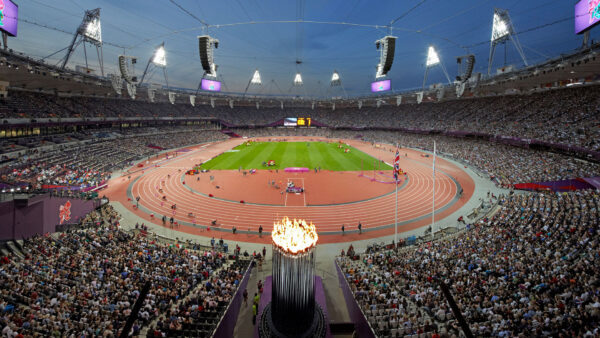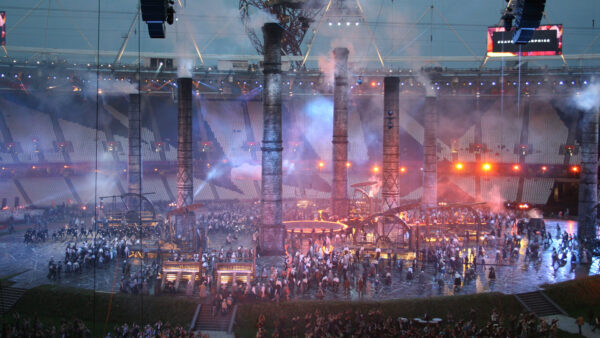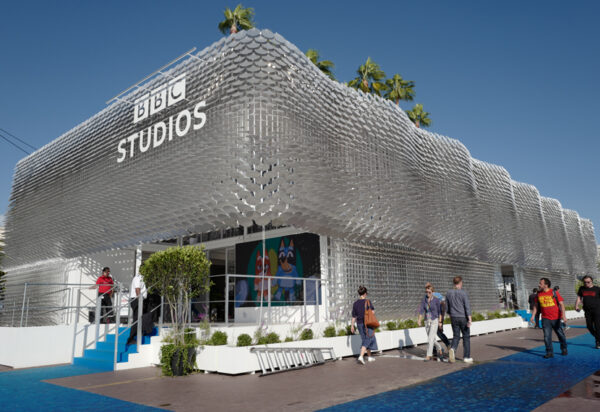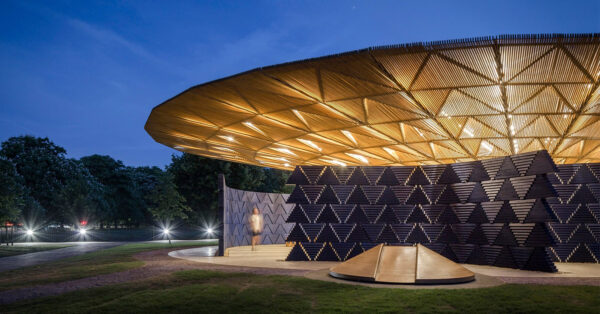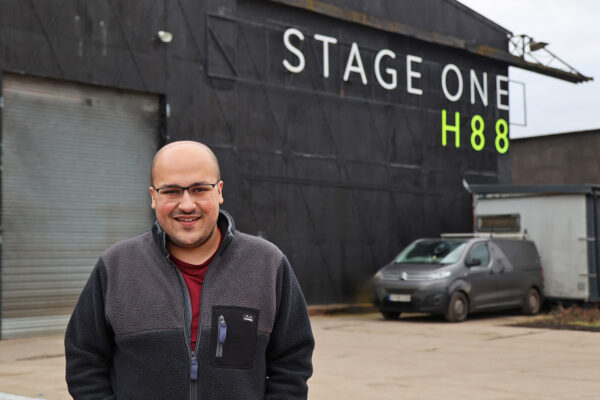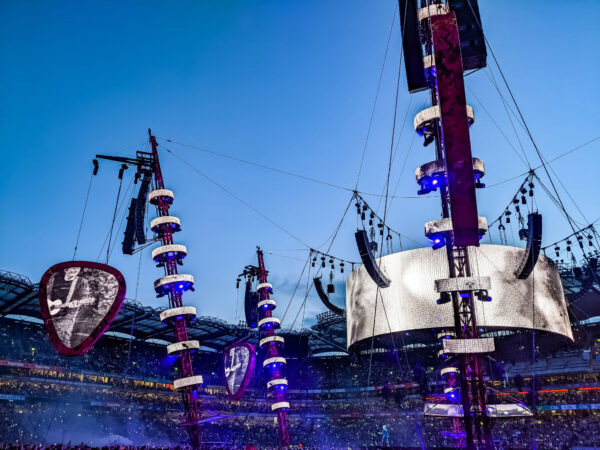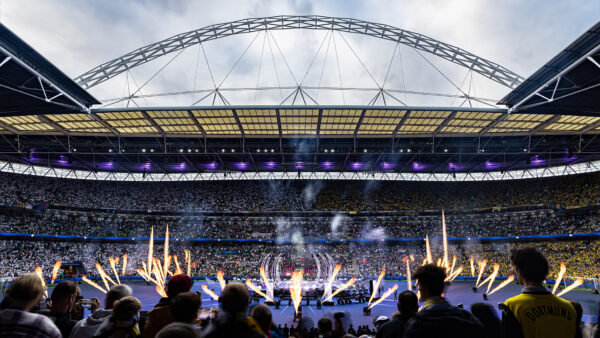
"Ceremonies will always be a brilliant bridge between sport and culture."
The rise of opening ceremonies at sporting events reflects a growing recognition of the power of spectacle in global culture. Once simple affairs, these ceremonies have evolved into grand showcases of artistry, technology, and national identity. What began as formal parades and flag flying has transformed into wildly ambitious multimedia production, often rivalling concerts and theatrical performances in scale and grandeur.
This shift can be largely attributed to the Olympic Games, which have set the standard for elaborate opening events. Notable examples include the 2004 Athens Olympic Games Ceremonies, where the fusion of compelling scenography, elegant engineering, and historical storytelling captivated millions worldwide. Since then, organisers of other international competitions—from the FIFA World Cup to the Commonwealth Games have followed suit, using opening ceremonies as a platform to entertain audiences all over the world.
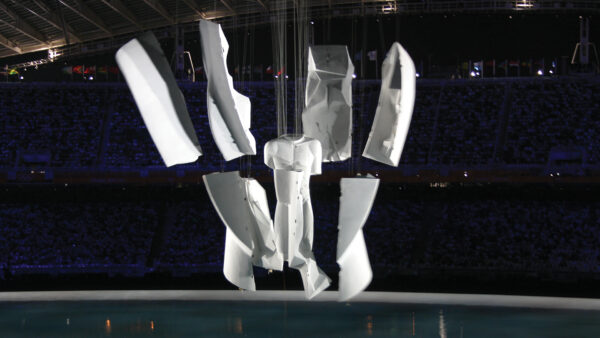
It is interesting to draw a distinction between ceremonies that occur days before the first sporting fixture in a stadium and ceremonies that take place just minutes before a game commences. Football (or soccer), generally adopts the latter approach, often requiring tons of stage engineering equipment and scenery to be removed from the pitch in a rapidly choreographed sequence. Damaging the field of play or delaying kick-off becomes a perpetual worry all the way through planning, rehearsal, and show. This concern is likely to be amplified at the next FIFA World Cup where in addition to Opening Ceremonies, rumours suggest that half-time shows are being planned.
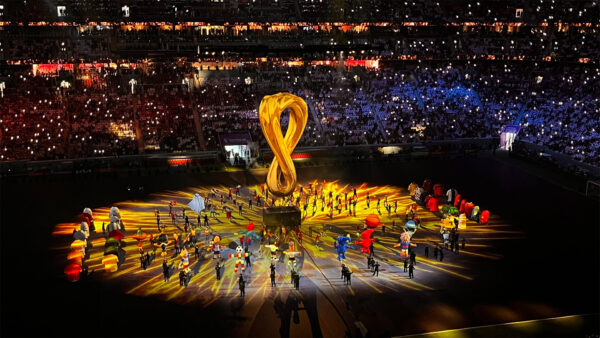
Fortunately, where ceremonies take place immediately ahead of fixtures, there are techniques that help. Deploying catenary systems in stadiums allows scenic elements to be flown out and stored above the field of play. Similarly, where scenery must roll onto the pitch then lightweight engineering and grass-friendly tyres are the way to go. Drone shows too are a great way of creating moments without a single step being placed on the hallowed turf.
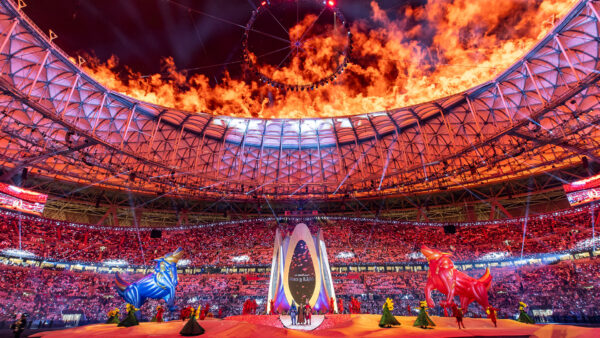
Where there are a few days before the starters gun, ceremonies tend to be much grander, involving more kit. Consequently, in these instances it is not unusual for a complete stadium get-out to be in the region of 36 hours. All meticulously planned, working in a coordinated fashion through day and night. It is fair to say that the ‘out’ is often one of the most intense parts of any ceremony project.
Ceremonies will always be a brilliant bridge between sport and culture. They generate incredible memories for audiences and for those who have a hand in creating them. And we are lucky to have been involved in some of the very best.
